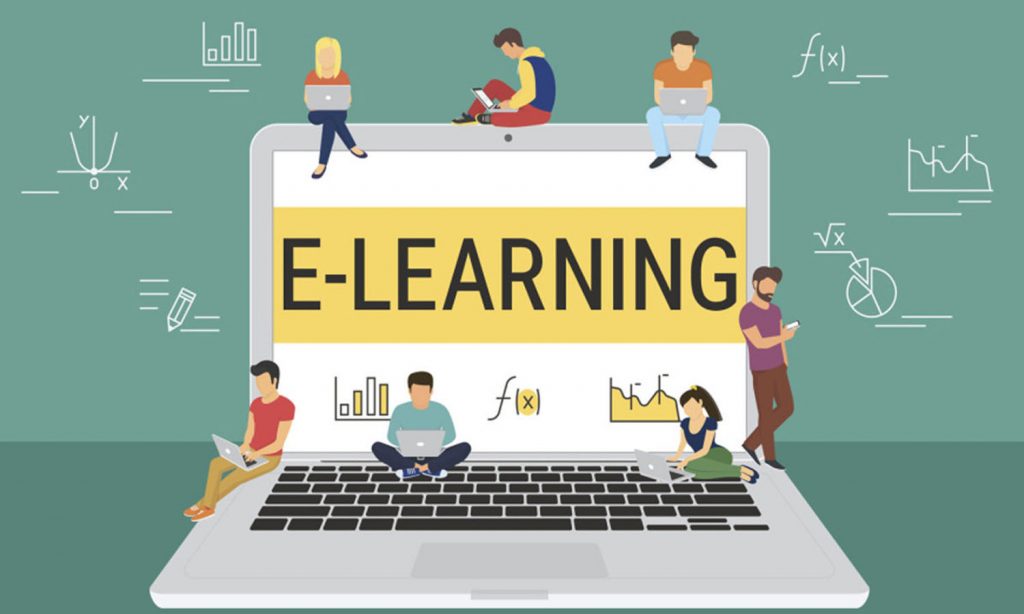If you are interested in creating an educational blog, there are several tips you need to follow. These include building your website, planning your content, targeting your audience, and monetization. By following these tips, you will be well on your way to creating an educational blog. Read on to find out more!
Building a website
If you are a teacher or a student and you’re considering starting an educational blog, there are some basic tips you should keep in mind. The first is to focus on the latest trends in your field. Make sure you use the most popular keywords, and create high-quality content. The goal is to gain trust and authority in your topic. Many educational blogs fall under the YMYL category, or Your Money or Your Life.
Educators have a unique perspective, and a blog is the perfect forum for them to share their ideas and expertise. Your audience may include students, parents, and other like-minded individuals. Blogging is also a great way to hone your writing skills. It can also give you a voice in the educational field and improve your teaching methods.
Another tip for starting an educational blog is to focus on your niche. While teaching is an extremely rewarding field, there are many different aspects to it. To start a blog, choose a niche within the field, a specific area of education that you know and love.
Planning your content
One of the most important things to do when starting a blog is planning your content. You should identify topics that will be of interest to your target audience and narrow down your niche to the specific interests of your target group. In addition, you should select the right platform for your educational blog. There are many options for both options, and it is up to you to decide what’s right for you.
Regardless of the format of your educational blog, creating compelling content is a challenge. The more planning you do, the better your finished product will be. Below are six steps to follow when planning your content. Once you’ve done this, it will be much easier to create and publish your content.
Choose a niche within the teaching profession. You can write about your experiences in the classroom or offer tips on classroom management. Another option is to write about trends and issues in ED. You can even rant about education news or give your opinion on current trends in the education industry. Either way, make sure that your content solves a problem for your target audience.
Targeting your audience
Targeting your audience is an important aspect of starting an educational blog. Once you determine your target audience, you can tailor your content to meet their needs. As you develop your blog, your target audience may evolve. You may want to write to appeal to several audiences, such as students, parents, or teachers. To help you determine your target audience, here are a few tips:
Determine your target audience before you begin writing. This will help you create more relevant and engaging posts. For example, if you’re starting a blog aimed at teachers, you may want to write about recent studies or announcements from educators, or new books or media related to education. Your audience will appreciate fresh content, and old news isn’t likely to attract much traffic.
Develop your target audience by creating a persona. You’ll want to learn about your readers’ challenges and interests. You’ll also want to understand their needs and expectations. Developing a persona will help you tailor your content and communications to their needs.
Monetizing your blog
When you have a well-organized educational blog, you can earn money by selling products and services. For example, you can sell study guides for SATs, or lesson planning pages for teachers. But first, you need to know your audience. To do this, you can conduct a survey to find out what your readers are interested in.
The most common way of monetizing a blog is through ads. If you have a large audience, you can place Google AdSense ads on your blog. With this program, you can choose which ads to display and their sizes. Relevant ads will generate more clicks and engagement on your blog.
Another method of monetization is through selling physical products. For example, if you’re a teacher blogger, you could organize events where your audience can buy your products. You can even charge a gate fee for the event.
